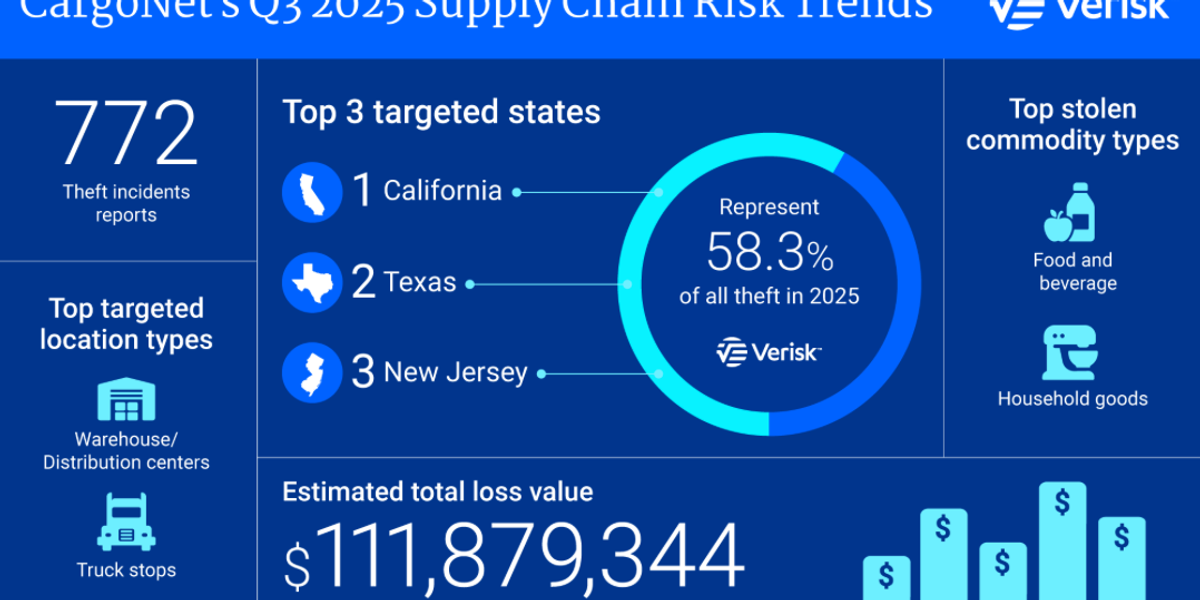In recent years, in-house logistics teams have made a strong comeback. After decades of relying on outsourcing, many companies now see the value of managing logistics in-house. Rising costs, supply chain disruptions, and rising customer expectations have pushed companies to regain control. By rebuilding internal logistics teams, companies improve visibility, speed and accountability. This shift represents a return to smarter, more adaptable logistics services that focus on control, data accuracy and customer satisfaction.
Read also: 8 ways to make your remote logistics team more efficient
Return to control and transparency
Companies are bringing logistics back in-house to regain direct visibility and control of their operations. Offshore logistics often results in no updates, slower responses, and limited visibility into day-to-day operations. With in-house management, companies can track shipments in real time and resolve issues more quickly.
This renewed focus helps Create resilient supply chains Which can adapt to sudden changes in the market. Internal teams also promote transparency across departments, allowing leaders to make informed decisions and maintain accountability throughout the entire logistics process.
High outsourcing costs
Once upon a time, outsourcing logistics promised savings, but rising fees and hidden costs now tell a different story. Third-party logistics providers often add fees for warehousing, delivery changes, and fuel, which quickly reduces profit margins. Many companies have realized that bringing logistics services in-house can stabilize budgets and reduce expenses in the long term.
By managing their own transportation and warehousing operations, they avoid external profit margins and unexpected price increases. This financial oversight allows companies to invest in better systems and employees, enhancing efficiency while maintaining steady growth and reliable service.
Data ownership and real-time decision making
Having logistics data gives companies a huge advantage in today’s fast-moving markets. When data is managed by third parties, access can be limited or delayed, reducing the speed of decision-making. In contrast, internal logistics teams handle the information directly and make quick adjustments based on real-time updates.
This control improves planning, reduces downtime, and enhances customer service. Accurate data also supports forecasting, helping companies respond faster to shifts in demand. By keeping logistics information in-house, leaders can act immediately and build strategies based on reliable, up-to-date information.
Enhance customer experience
Customer expectations are higher than ever, and speed of delivery can determine brand loyalty. When companies rely on external partners, response times often slow and gaps in communication appear. An in-house logistics team fills these gaps by controlling every live delivery stage. They can update customers faster, fix errors quickly, and ensure accurate order tracking.
This practical approach Builds trust and reliabilityThis is according to a study published by Science Direct magazine. Better control of last-mile delivery also reduces delays and lost packages. As a result, customers enjoy smoother service, while companies enhance their reputation through consistent and reliable delivery performance.
Customization and flexibility in operations
Every company has unique logistics needs, and stringent outsourced systems often fail to keep up. By managing logistics internally, teams can adjust routes, schedules and inventory in real-time. This flexibility ensures smoother operations during market changes or seasonal spikes.
Internal logistics teams can test new delivery methods, optimize warehouse flow, and quickly respond to customer requirements. Internal monitoring also allows for faster feedback loops between departments. As a result, companies build logistics operations that align with their goals, improve efficiency, and maintain consistent service quality without relying on external service providers.
Technology is enabling internal logistics
Modern technology makes managing internal logistics easier and faster. Automation tools, sensors, and tracking systems now help teams monitor every step of delivery. Many companies are also exploring The voice of artificial intelligence in logistics To improve communication and reduce manual errors. Drivers and warehouse staff can use voice commands to get updates, making workflow faster and safer.
Data-driven insights from advanced software help optimize routes, forecast demand and better manage inventory. These tools allow logistics teams to compete with major 3PL providers while remaining flexible, efficient, and prepared for rapid operational changes.
Building internal experiences and skills
Companies that are reshoring logistics are also investing in people. Training programs help employees acquire new technical and operational skills. Over time, these teams build valuable internal knowledge that enhances business performance. Employees learn to solve problems quickly and handle unexpected challenges with confidence.
This expertise reduces reliance on external service providers and keeps important knowledge in-house. As internal teams become more skilled, they improve efficiency, safety and planning accuracy, creating a long-term competitive advantage that supports customer satisfaction and continuous improvement.
Sustainability and ethical responsibility
More companies are focusing on sustainability, and in-house logistics plays a key role in achieving these goals. Transportation and warehousing management directly helps reduce waste, improve route efficiency and reduce emissions. Many companies are now integrating Green logistics Practices, such as electric vehicles, reusable packaging, and energy-efficient storage systems.
With internal control, it is easier to track environmental performance and meet corporate responsibility standards. These actions support cleaner operations and a positive brand image, demonstrating to customers and partners a real commitment to sustainable business growth.
Strategic flexibility in a turbulent world
Global turmoil has exposed the vulnerabilities of over-reliance on third-party service providers. Events such as pandemics, port closures and material shortages have pushed companies to regain control. By managing logistics internally, companies can respond faster to changing conditions and reduce dependence on external partners.
In-house logistics teams enable flexible planning and faster recovery during crises. They ensure continuous supply and delivery, even under pressure. This flexibility not only protects revenues, but also enhances customer confidence, allowing companies to continue operating smoothly in competitive and unpredictable markets.
Internal logistics teams are back
The return of in-house logistics teams signals a major shift towards control, speed and accountability. Companies that manage logistics internally gain flexibility, protect data, and improve customer satisfaction. Rebuilding such teams enables companies to create effective and flexible systems designed for long-term growth and sustained service excellence.
Author’s biography
David Setterfield is a logistics analyst at Verified movers reviewsa trusted platform that collects, verifies and shares customer reviews about moving companies across the United States. He specializes in operational strategy, transportation efficiency and logistics technology trends. David writes about how companies can enhance control and performance by improving internal logistics systems.










